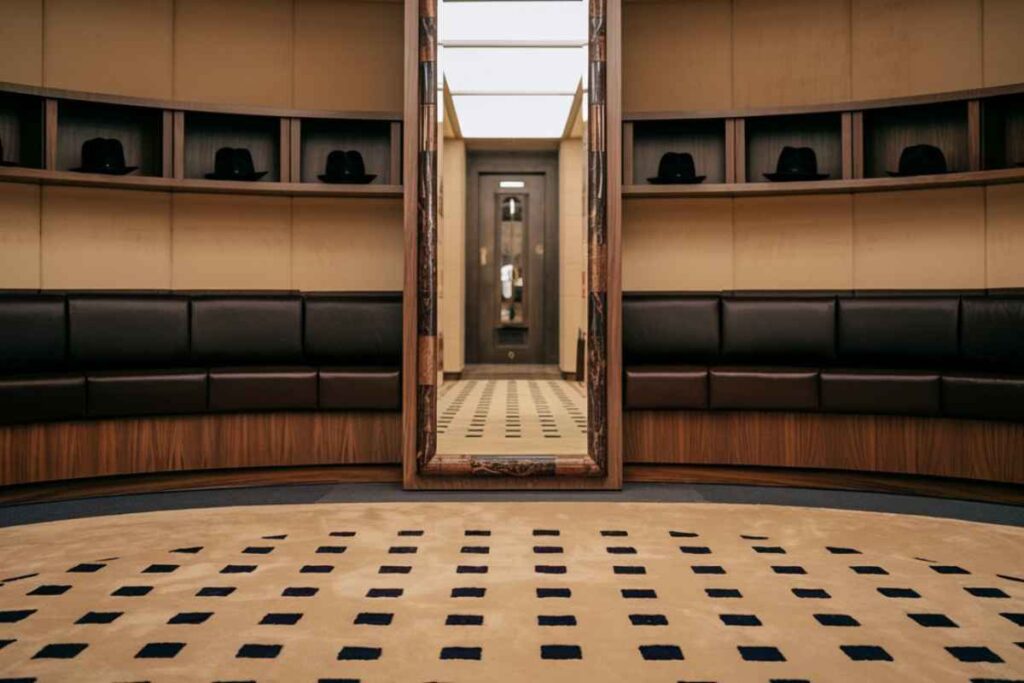Lasée is more than just a fabric; it embodies a rich history, cultural significance, and an enduring charm that continues to captivate artisans and consumers worldwide. From its intricate lace patterns to its modern-day applications, Lasée represents a blend of tradition and innovation.
This article delves into the essence of Lasée, exploring its origins, uses, and future trends, while providing insights on how to appreciate and care for this timeless fabric.
What is Lasée?

Lasée is a delicate fabric renowned for its intricate lace patterns. Originating from traditional lace-making techniques, Lasée combines craftsmanship with elegance.
Its texture and design make it a popular choice in both fashion and interior design, offering a unique blend of sophistication and versatility.
The History and Cultural Significance of Lasée
Lasée has a storied history that dates back several centuries. It first gained prominence in Europe as a symbol of wealth and refinement, with hand-crafted lace being a luxury item for the elite.
Over time, Lasée spread to other cultures, each adding its own distinctive touch to the fabric.
In various cultures, Lasée is used in ceremonies, weddings, and festivals, symbolizing purity, grace, and heritage.
Its role in maintaining cultural identity is significant, as it continues to be a part of traditional attire and celebrations across the globe.
How Lasée is Made
Creating the textile involves a meticulous process that blends artistry with technical skill:
Design Creation:
Artisans begin by sketching intricate patterns that will guide the production of the fabric.
Material Selection:
High-quality threads, such as silk, cotton, or synthetic fibers, are chosen based on the desired texture and durability.
Weaving/Knitting:
Depending on the style, the material can be handwoven using traditional techniques or machine-produced for a more modern approach.
Finishing:
The final product undergoes inspection, washing, and pressing to enhance its appearance and ensure quality.
This detailed process ensures that the textile remains a fabric of beauty and durability.
Lasée in Fashion
In the fashion world, the fabric has made a lasting impact. Designers utilize the material for its ability to enhance garments with an air of sophistication.
It’s commonly used in bridal wear, evening gowns, and accessories, adding a touch of elegance to various styles.
Modern fashion trends incorporate this textile into everyday clothing, such as blouses and scarves.
Its intricate designs offer a unique way to add texture and visual interest, making it a versatile choice for contemporary wardrobes.
Lasée in Home Décor

The fabric also plays a significant role in interior design. Its ability to create intricate light and shadow effects makes it ideal for use in curtains, tablecloths, and cushion covers.
The material can transform ordinary living spaces into elegant, refined environments.
Designers recommend pairing the fabric with other materials to achieve a balanced aesthetic.
For example, combining this textile with modern furniture can create a sophisticated yet contemporary look.
Sustainability and Ethical Production
As sustainability becomes increasingly important, the Lasée industry is evolving to meet these concerns.
Many producers now use organic threads, natural dyes, and eco-friendly methods to reduce environmental impact.
Ethical production practices are also gaining traction, ensuring fair wages and safe conditions for workers.
These changes make the fabric a more appealing choice for environmentally conscious consumers.
How to Choose Quality Lasée
When selecting the fabric, consider the following factors to ensure you’re choosing a high-quality product:
Weave and Pattern Consistency:
Look for even weaves and symmetrical patterns, which indicate good craftsmanship.
Material Quality:
Opt for fabrics made from high-quality threads, such as silk or cotton, for better durability.
Authenticity:
Purchase from reputable sources and check for certifications to ensure you’re getting an authentic product.
Caring for Lasée Products

Proper care is essential for maintaining the beauty of Lasée:
Gentle Washing:
Hand wash with mild detergent or use dry cleaning services to avoid damaging the fabric.
Avoid Heat:
Do not wring or twist the fabric; let it air dry flat to retain its shape.
Storage:
Store the material in a cool, dry place away from direct sunlight to prevent fading and damage.
Conclusion
Lasée is a fabric that transcends time and trends, representing a harmonious blend of tradition and innovation.
Whether used in fashion or home décor, it offers unparalleled elegance and versatility.
As the industry continues to evolve, Lasée remains a timeless choice for those seeking to add sophistication to their style or living space.
FAQs
What is Lasée?
This delicate material is celebrated for its detailed lace designs, blending artistic craftsmanship with sophisticated charm.
How is Lasée made?
What are the uses of Lasée?
Hand wash the fabric with mild detergent, avoid wringing, and store it in a cool, dry place.
How should I care for Lasée?
Hand wash the fabric with mild detergent, avoid wringing, and store it in a cool, dry place.
Is Lasée environmentally friendly?
Many fabric producers now use sustainable practices, including organic materials and ethical production methods.




